Photo
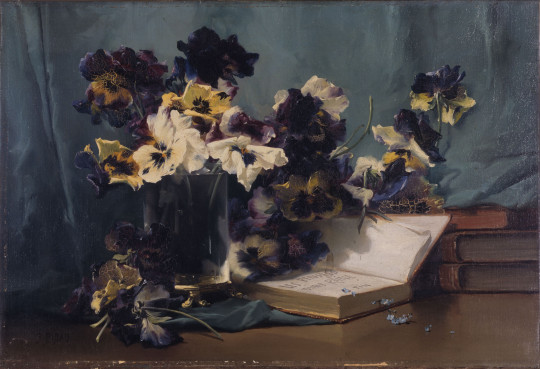
Pensées (translation: pansy) (unknown) by Eugène Bidau (1839 - 1899)
27 notes
·
View notes
Photo
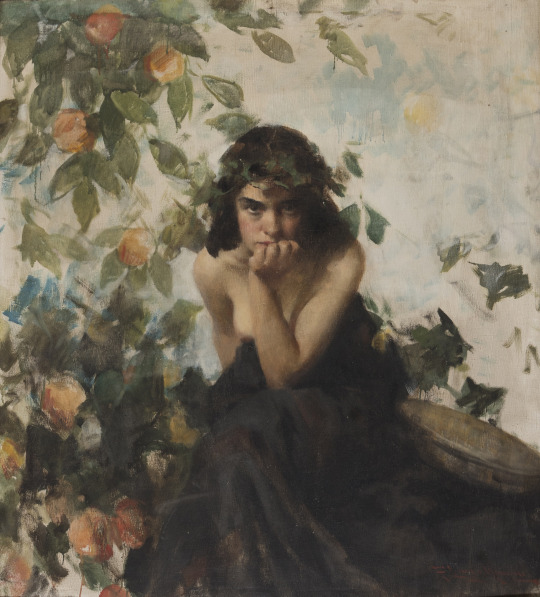
Spring (unknown) by Francesco Longo Mancini (1880 - 1954)
86 notes
·
View notes
Photo
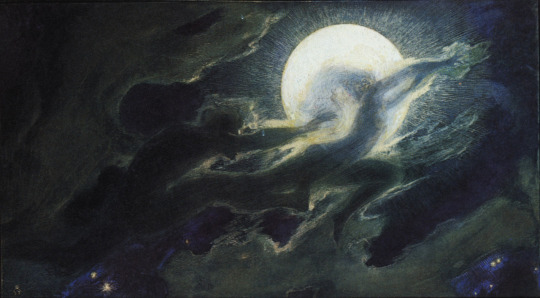
Wolkengespenster I (1897) by Leo Putz (1869 - 1940)
Leo Putz was a Tyrolean painter. His work encompasses Art Nouveau, Impressionism and the beginnings of Expressionism. Figures, nudes and landscapes are his predominant subjects.
8 notes
·
View notes
Photo

Amour à l’affût (translation: Cupid on the lookout) (1890) by William-Adolphe Bouguereau (1825 - 1905)
According to myth, Cupid was the son of Mercury, the winged messenger of the gods, and Venus, the goddess of love. He often appeared as a winged infant carrying a bow and a quiver of arrows whose wounds inspired love or passion in his every victim.
32 notes
·
View notes
Photo

L'Amour et Psyche (1899) by William-Adolphe Bouguereau (1825 - 1905)
The painting features Greek mythological figures Eros and Psyché, sharing an embrace.
5 notes
·
View notes
Photo
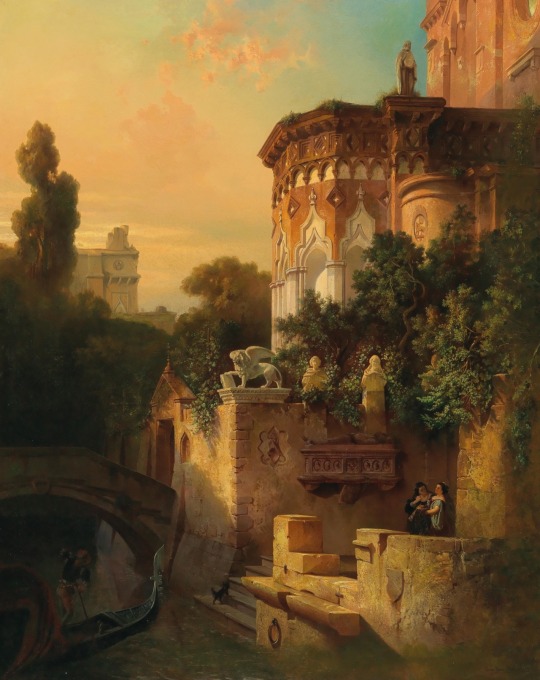
A view of santi giovanni e paolo from the back (unknown) by Christian Jank (1833 - 1888)
This painting features the exterior of a building better known as san zanipolo. it’s decorated interior is highly impressive compared to the back of the church, which is only made of bricks. the significance of this piece is how jank transformed the subject by implementing a warm atmosphere, as well as the details; a man in a gondola, two women chatting, the statue of the winged lion of saint mark and the small dog on the stairs.
6 notes
·
View notes
Photo


Saint Jerome and the Angel of Judgement (1626) by Jusepe de Ribera (1591 - 1652)
Ribera painted this magnificent image in 1626 for one of the side chapels on the Epistle side of the church of the Trinità delle Monache in Naples. Saint Jerome is one of the most popular saints in western art.
In the second half of the 16th century a new iconography was developed where the saint was depicted listening to the trumpet of the Apocalypse. This iconography was widely used by the Counter-Reformation Church. The distinguished saint, venerated as a doctor of the Church, is depicted inside a cave with his characteristic attributes of the stone to symbolise the severity of his penance, the skull as a symbol of death, the red mantle that refers to his position as a cardinal, the lion that he tamed in the desert when he removed a thorn from its paw and a parchment with Hebraic characters alluding to his translation of the Bible into Latin. After the Council of Trent his translation was considered the only official version.
Ribera has used a pyramid composition, organised around two diagonals which cross over. The figures are silhouetted against a dark background which accentuates their volume. A powerful beam of light bathes the figure of the saint, highlighting the naturalism of his anatomy and his gesture, with his arms outstretched in surprise at the apparition. This surprise is also reflected in his face - which is that of a humble man - with his eyes open-wide. The light allows us to observe a magnificent still life on the right of the composition.
Caravaggio's influence is apparent in the lighting and the muted tones employed. However, some elements indicate the development taking place in the artist's style, such as the richness of the folds or the greater expressiveness of the forms. Ribera painted the Trinity with Saintsand the Eternal Father for the same church.
8 notes
·
View notes
Photo


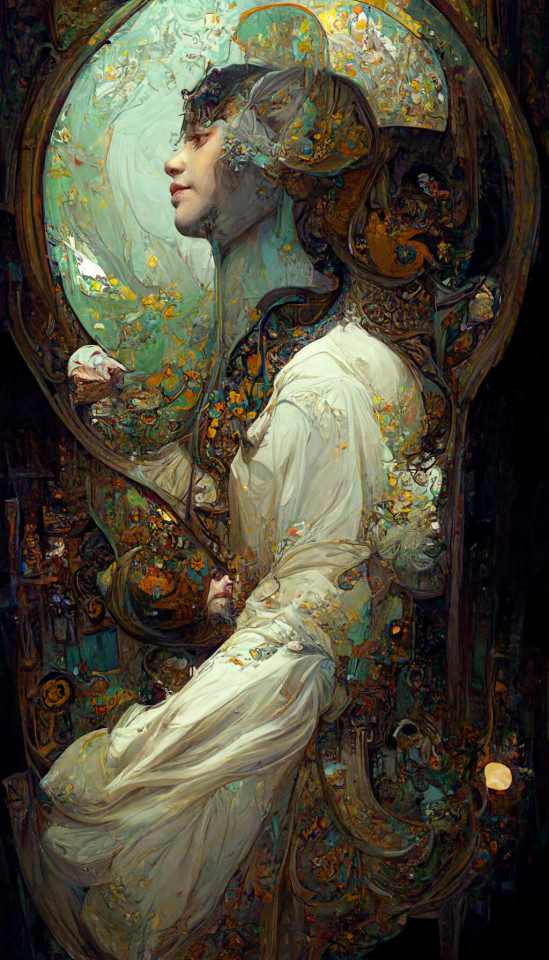
In order: Contentment (2022), Elizabeth I the Virgin Queen (2022), Mary Queen of Scots (2022) by Jowie Lim (unknown)
54 notes
·
View notes
Photo
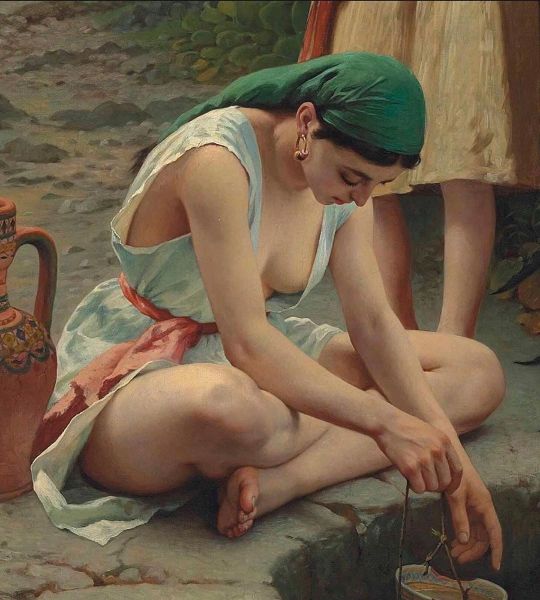

The Waterbearers (unknown) by Victor Renault des Graviers (unknown - 1905)
70 notes
·
View notes
Photo


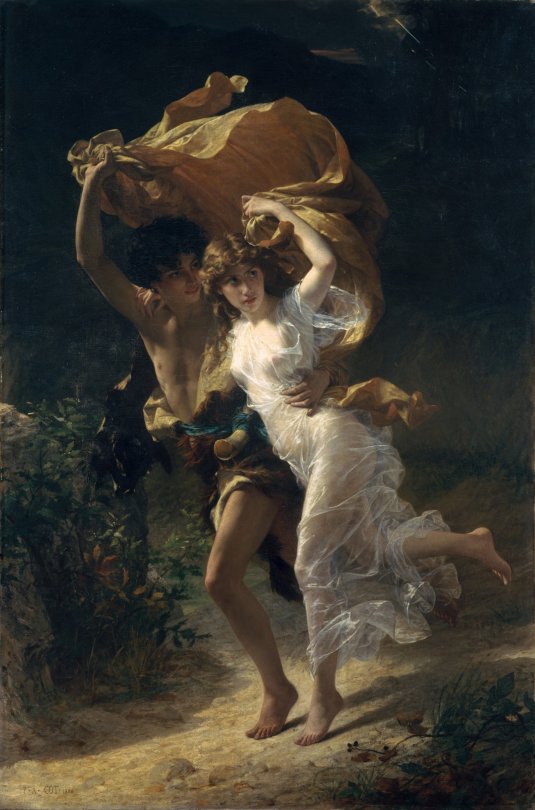
The Storm (1880) by Pierre Auguste Cot (1837 - 1883)
When Cot exhibited this painting at the Salon of 1880, critics speculated about the source of the subject. Some proposed the French novel Paul and Virginie by Bernardin de Saint-Pierre (1737–1814), in which the teenage protagonists run for shelter in a rainstorm, using the heroine’s overskirt as an impromptu umbrella; others suggested the romance Daphnis and Chloeby the ancient Greek writer Longus.
13 notes
·
View notes
Photo
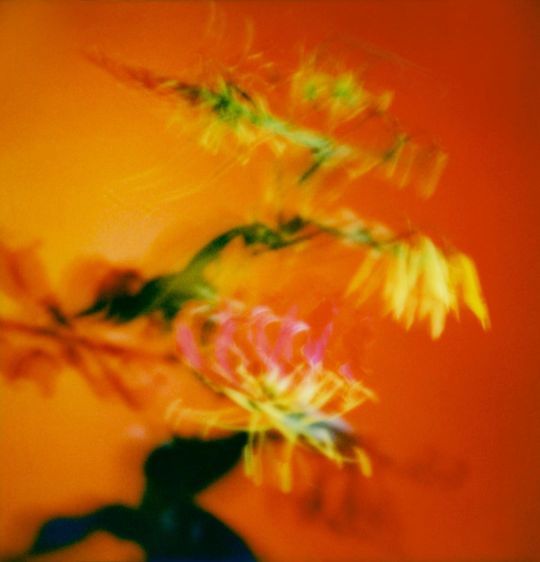
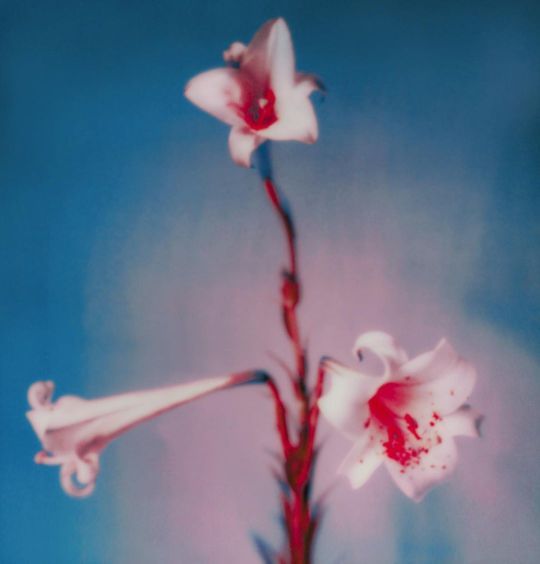


Ikebana (2021) by Chen Yung Hua/陳詠華 (unknown)
“I’m fond of flowers. Through the process of flower arrangements, I’m able to internalise and feel a spectrum of emotions. I enjoy my alone time; it’s independent work from start to finish. It’s like a therapy session over the course of the process, and not only has it helped me understand my personality and interests better, but it has also cultivated my sense of shapes and colours. I’d love to explore all the possible angles of capturing flowers – it’s almost like another interpretation of a model’s posture and the way a body takes shape during a shoot. Another aspect of flowers that I associate with is that the Chinese word for it is pronounced as “hua” which is part of my name. “Hua” also means flowers in The Book of Songs. I guess it’s fate that I embrace flowers as part of my life.” - Chen Yung Hua
kebana (生け花, 活け花, "arranging flowers" or "making flowers alive") is the Japanese art of flower arrangement. It is also known as kadō (華道, "way of flowers"). The tradition dates back to Heian period, when floral offerings were made at altars. Later, flower arrangements were instead used to adorn the tokonoma(alcove) of a traditional Japanese home.
2 notes
·
View notes
Photo

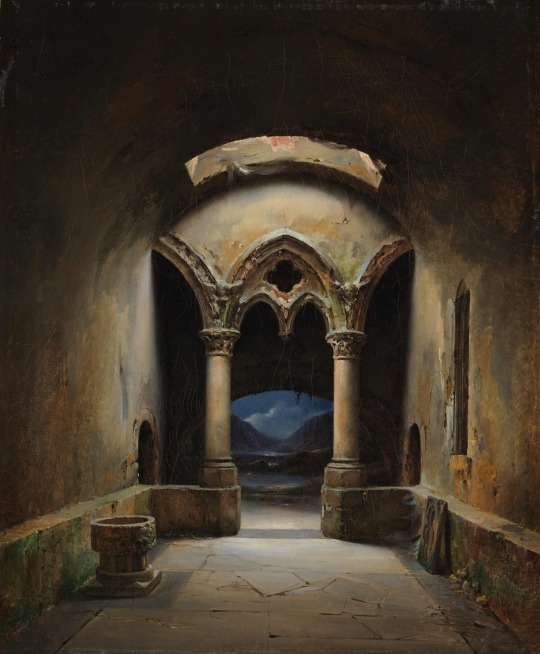
Gothic Chapel (unknown) by Charles Marie Bouton (1781 - 1853)
13 notes
·
View notes
Photo
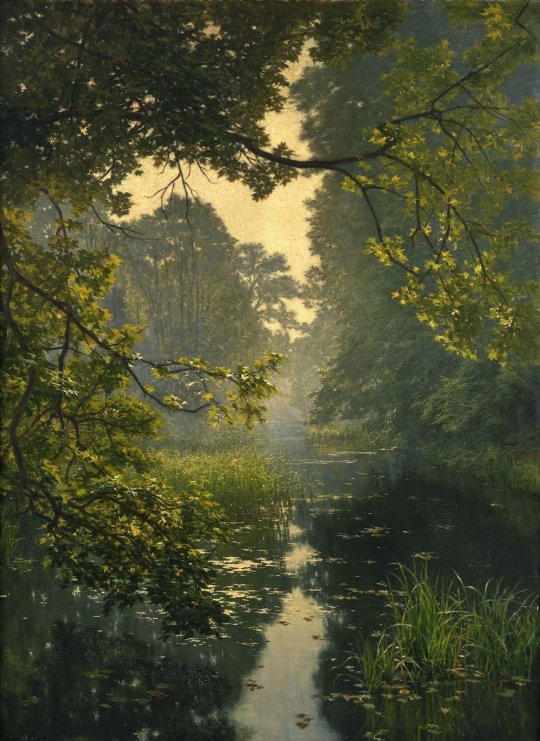
Villeneuve-l'Étang embrumé (c. 1910) by Henri Biva (1848 - 1929)
13 notes
·
View notes
Photo

Angélique attachée au rocher (translation: Angelica Attached to the Rock) (1869) by Jules-Louis Machard (1839 - 1900)
The painting illustrates a scene from Ariosto's epic Orlando Furioso, in which the Muslim knight Roger (Italian: Ruggiero) saves the pagan princess Angelica from a sea monster. The motif is closely related to the mythological theme of Perseus saving Andromeda.
16 notes
·
View notes
Photo


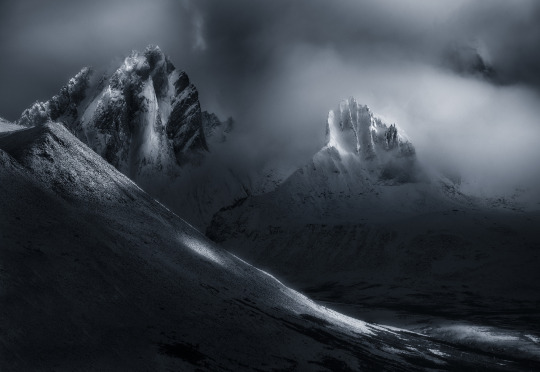


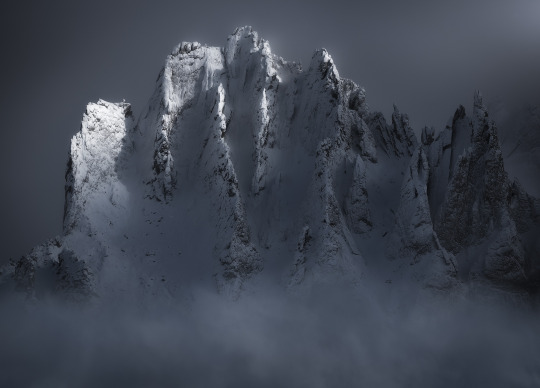

In order: After the Storm (2020), Halcyon Hour (2019), Monolithic (2019), Empyrean (2019), Spring Showers (2020), Spine of the World (2019), Verdant Solace (2022) by Tristan Todd (unknown)
3 notes
·
View notes
Photo

Sappho (1877) by Charles Auguste Mengin (1853 - 1933)
Sappho (c. 630 – c. 570 BC) was an Archaic Greek poet from Eresos or Mytilene on the island of Lesbos. Sappho is known for her lyric poetry, written to be sung while accompanied by music. In ancient times, Sappho was widely regarded as one of the greatest lyric poets and was given names such as the "Tenth Muse" and "The Poetess". Most of Sappho's poetry is now lost, and what is extant has mostly survived in fragmentary form; only the "Ode to Aphrodite" is certainly complete. As well as lyric poetry, ancient commentators claimed that Sappho wrote elegiac and iambic poetry. Three epigrams attributed to Sappho are extant, but these are actually Hellenisticimitations of Sappho's style.
The term sapphic (WLW) is derived from her name and the term lesbian derived from the island where she lived (Lesbos). The sexual identity of Sappho has been long debated and continues as such to this day. Some interpret her poems as meaning she had relationship with women. Her new style of poetry was called a "sapphic stanza" (four lines of Ancient Greek lyric poetry). Her songs often mentioned various emotions to her susceptibility to women, which later, derived the terms sapphic and lesbian.
23 notes
·
View notes
Photo
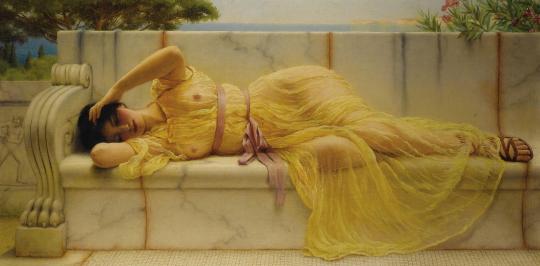
Girl in yellow Drapery (1901) by John William Godward (1861 - 1922)
John William Godward was an English painter from the end of the Neo-Classicist era. He was a protégé of Sir Lawrence Alma-Tadema, but his style of painting fell out of favor with the rise of modern art.
Godward was born in 1861 and lived in Wilton Grove, Wimbledon. He was born to Sarah Eboral and John Godward (an investment clerk at the Law Life Assurance Society, London). He was the eldest of five children. He was named after his father John and grandfather William. He was christened at St. Mary's Church in Battersea on 17 October 1861. The overbearing attitude of his parents made him reclusive and shy later in adulthood.
He exhibited at the Royal Academy from 1887. When he moved to Italy with one of his models in 1912, his family broke off all contact with him and even cut his image from family pictures. Godward returned to England in 1921, died in 1922, and is buried in Brompton Cemetery, West London.
One of his best-known paintings is Dolce far Niente (1904), which was purchased for the collection of Andrew Lloyd Webber in 1995. As in the case of several other paintings, Godward painted more than one version; in this case, an earlier (and less well-known) 1897 version with a further 1906 version.
He committed suicide at the age of 61 and is said to have written in his suicide note that "the world is not big enough for [both] myself and a Picasso".
His estranged family, who had disapproved of his becoming an artist, were ashamed of his suicide and burned his papers. Only one photograph of Godward is known to survive.
18 notes
·
View notes